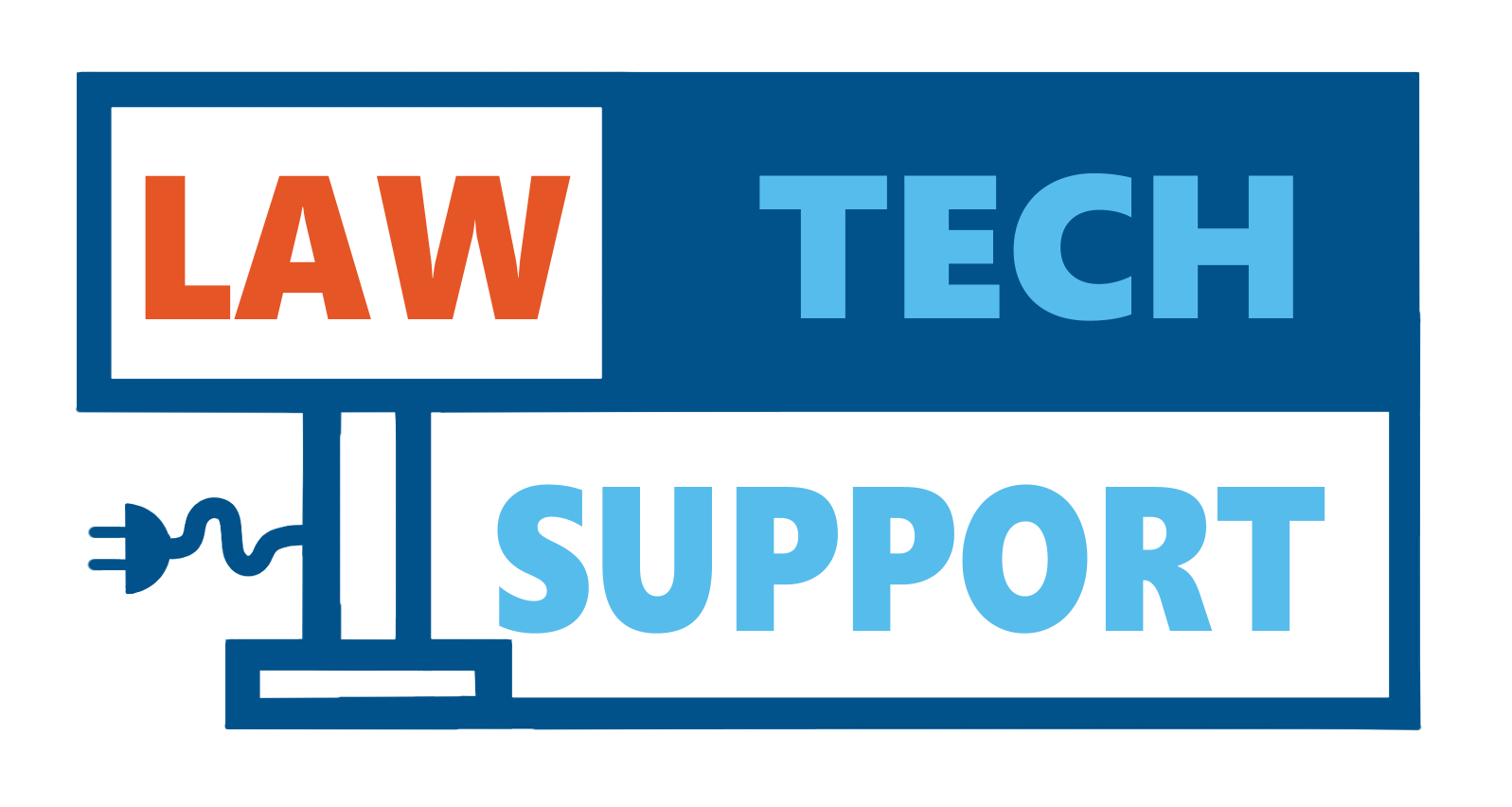Tech Help
There are two places to get technology support here at Pepperdine. The University Help Desk and the Information Services Tech Support Desk located at the Public Services Desk in the School of Law Library. University Help Desk (HELP) The Pepperdine University Information Technology (University IT) department provides direct technical support for students via the University’s […]
